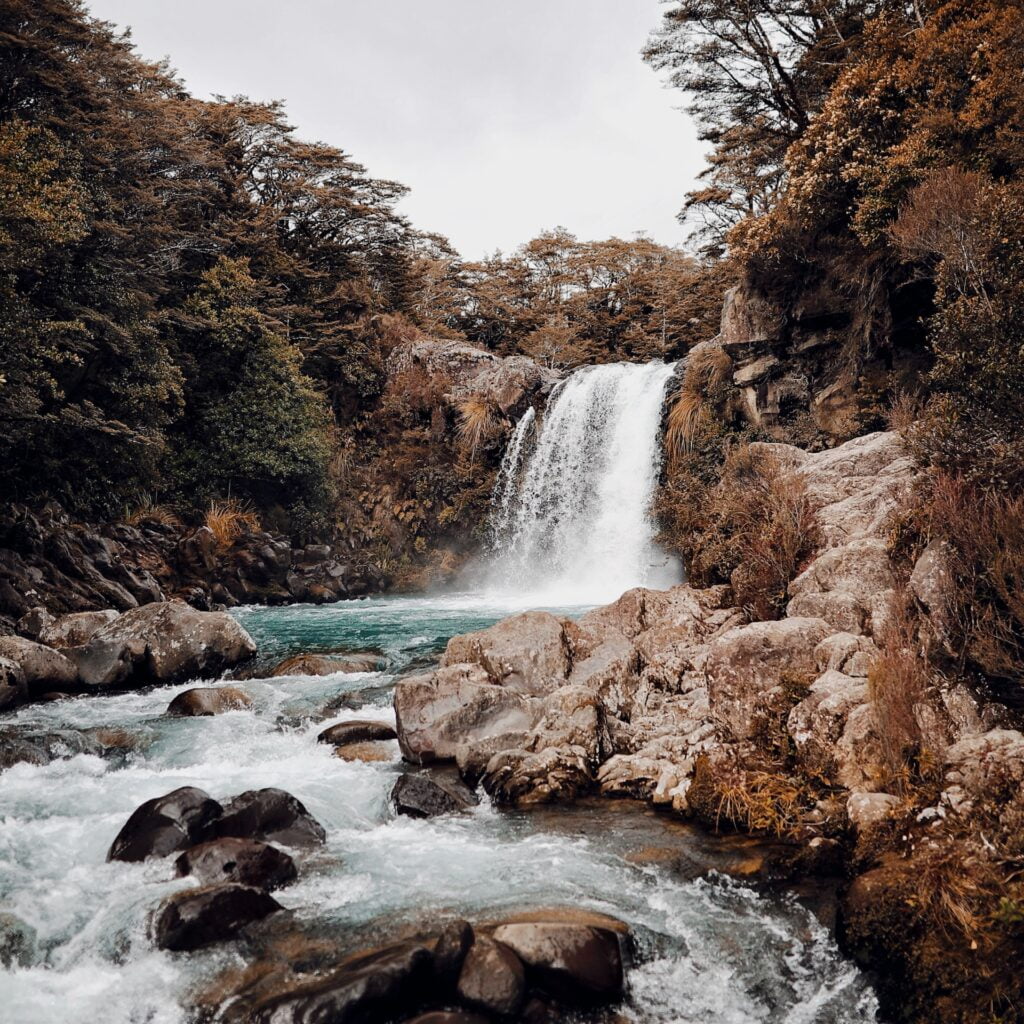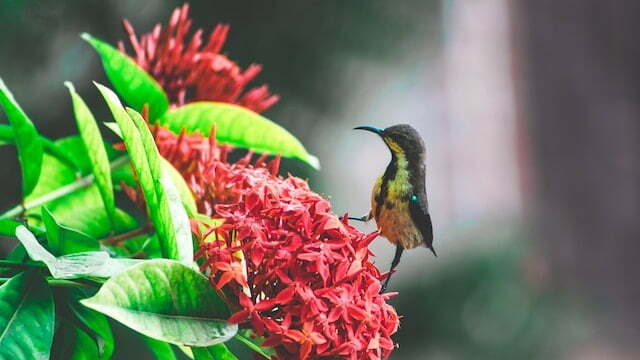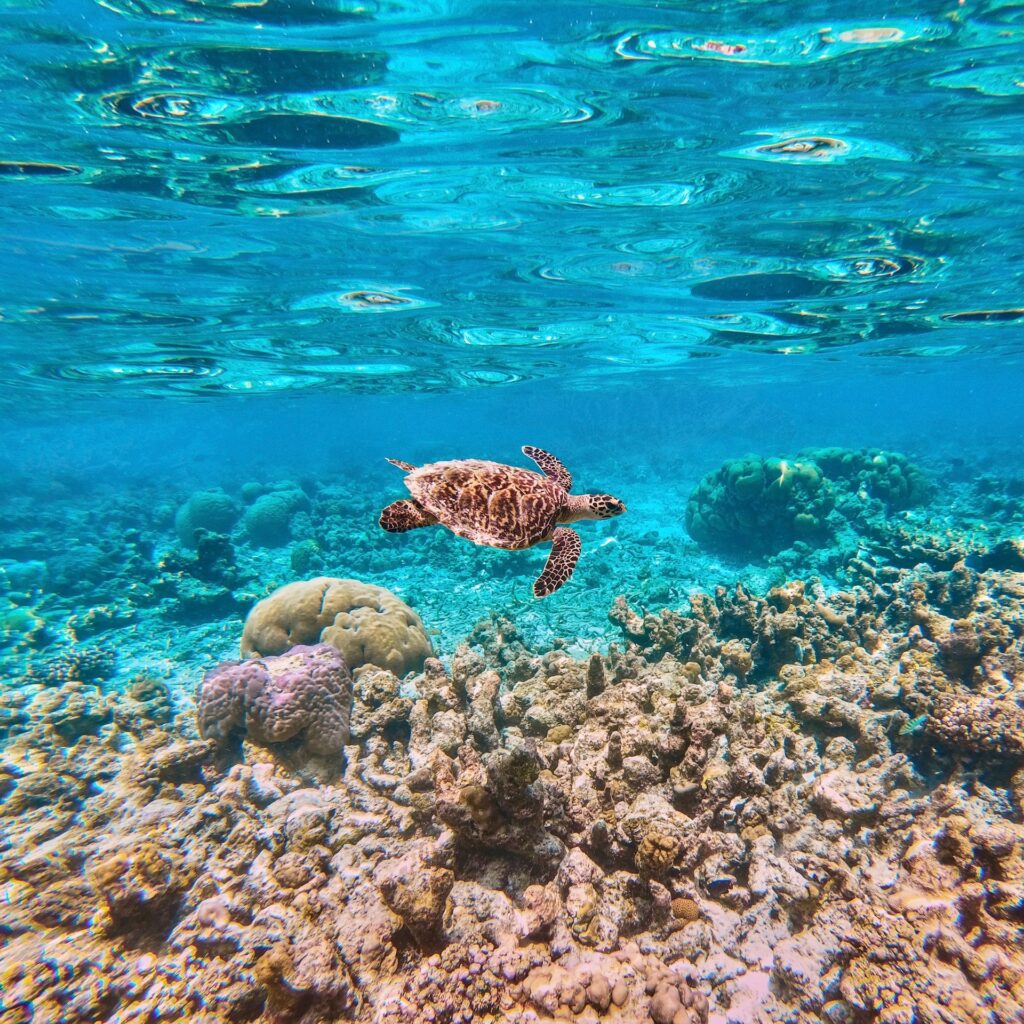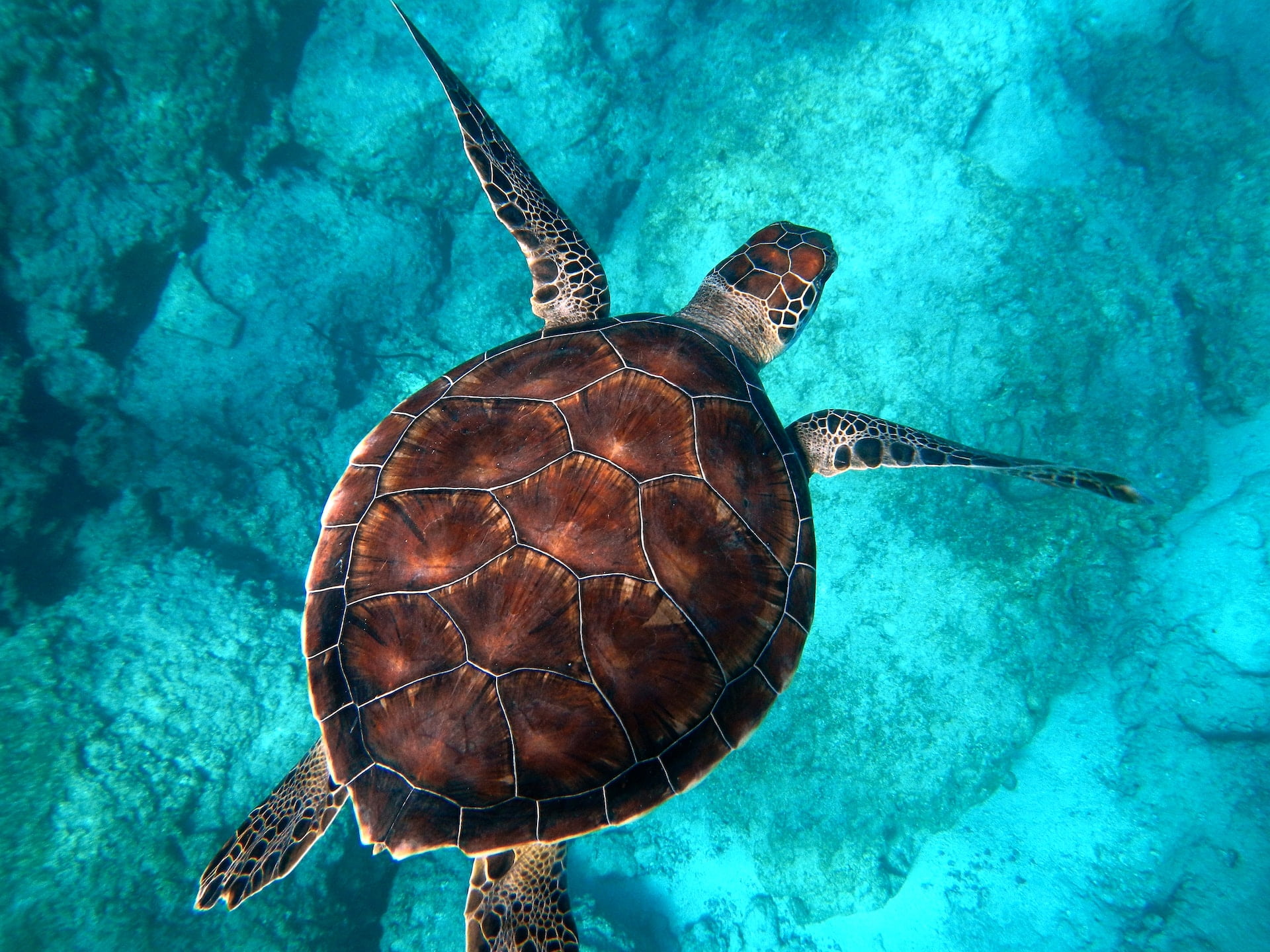
Highlight the national parks and wildlife sanctuaries in the islands
National Parks and Wildlife Sanctuaries in the Andaman and Nicobar Islands: The Andaman and Nicobar Islands are home to several national parks and wildlife sanctuaries, offering a unique opportunity to explore the region’s rich biodiversity and natural beauty. Here are some prominent national parks and wildlife sanctuaries that you should not miss during your visit:
Mahatma Gandhi Marine National Park: Located in Wandoor, this national park is renowned for its vibrant coral reefs, exotic marine life, and mangrove forests. Enjoy activities like snorkeling and glass-bottom boat rides to witness the stunning underwater world.
Mount Harriet National Park: Situated in Port Blair, this national park offers panoramic views of the surrounding islands and is home to diverse flora and fauna. Trekking enthusiasts can embark on a thrilling trek to Madhuban, the highest peak in the park.
Campbell Bay National Park: Located on Great Nicobar Island, this national park is known for its tropical rainforests, endemic bird species, and unique wildlife. Explore the park through guided walks and birdwatching trails to spot rare species like the Nicobar megapode.

Saddle Peak National Park: Situated in North Andaman, this national park is famous for its dense evergreen forests, scenic trails, and the highest point in the islands, Saddle Peak. Trek through the park to admire the breathtaking landscapes and spot endemic bird species.
Cinque Island Wildlife Sanctuary: Located near Port Blair, this wildlife sanctuary is renowned for its coral reefs and diverse marine life. Snorkel or dive in the crystal-clear waters to witness the vibrant coral gardens and encounter colorful fish species.
Rani Jhansi Marine National Park: Situated on the western coast of South Andaman, this marine national park is known for its stunning coral reefs, mangroves, and marine biodiversity. Enjoy snorkeling, scuba diving, and boating to explore the captivating marine ecosystem.

Kalapathar Wildlife Sanctuary: Located in the North Andaman region, this wildlife sanctuary is home to various animal species, including the Andaman wild pig, saltwater crocodile, and Andaman hill myna. Embark on nature walks and birdwatching excursions to appreciate the sanctuary’s natural beauty.
Lohabarrack Saltwater Crocodile Sanctuary: Situated in the Wandoor region, this sanctuary is dedicated to the conservation of saltwater crocodiles. Visit the sanctuary to learn about the conservation efforts and observe these fascinating creatures in their natural habitat.
These national parks and wildlife sanctuaries offer a glimpse into the diverse ecosystems and wildlife of the Andaman and Nicobar Islands. Explore the lush forests, encounter unique animal species, and immerse yourself in the natural wonders of these protected areas.
Discuss the unique flora and fauna found in the region

Unique Flora and Fauna of the Andaman and Nicobar Islands
The Andaman and Nicobar Islands are known for their rich biodiversity, housing a wide range of unique flora and fauna. Here are some of the remarkable species found in the region:
Andaman Nicobar long-tailed macaque: These playful monkeys are endemic to the islands and can be spotted in the dense forests. Known for their long tails and mischievous behavior, they are a delight to observe.
Andaman wild pig: Also known as the hog deer, these native wild pigs are found in the forests of the islands. They are known for their distinctive appearance and play an essential role in the ecosystem.
Nicobar pigeon: With its vibrant plumage and unique features, the Nicobar pigeon is a sight to behold. It is one of the most beautiful bird species found in the islands.

Dugong: Often referred to as the “sea cow,” the dugong is a marine mammal that inhabits the coastal waters of the Andaman and Nicobar Islands. It is an endangered species and is known for its gentle nature.
Saltwater crocodile: The mangrove swamps and coastal regions of the islands are home to the saltwater crocodile, one of the largest reptiles in the world. Witnessing these majestic creatures in their natural habitat is a thrilling experience.
Andaman day gecko: This colorful lizard species is endemic to the Andaman Islands and can be found in the dense forests. Its vibrant colors and unique patterns make it a fascinating sight for nature enthusiasts.
Andaman serpent eagle: A magnificent bird of prey, the Andaman serpent eagle is known for its impressive hunting skills and striking appearance. Spotting one of these majestic eagles soaring through the sky is a treat for birdwatchers.
Pitcher plants: The Andaman and Nicobar Islands are home to various species of pitcher plants, which are carnivorous plants that trap insects in their pitcher-shaped leaves. These unique plants are a marvel of nature.
Jarawa tribe: While not a species per se, the Jarawa tribe is an indigenous community inhabiting the Andaman Islands. They have lived in harmony with nature for centuries and possess an intricate knowledge of the local flora and fauna.
Nicobar megapode: This ground-dwelling bird is endemic to the Nicobar Islands. The Nicobar megapode constructs large mound nests on sandy beaches where eggs are incubated using the natural heat generated by the decomposing vegetation.
Andaman horseshoe bat: The Andaman horseshoe bat is a fascinating nocturnal creature found in the caves and forests of the islands. Its unique horseshoe-shaped nose serves as a specialized echolocation device.
Mangrove trees: The Andaman and Nicobar Islands are renowned for their extensive mangrove forests. These specialized trees thrive in brackish water and provide vital habitat for numerous species, including mudskippers, crabs, and birds.
Andaman water monitor lizard: The Andaman water monitor lizard is a large reptile species that can be spotted near water bodies. With its elongated body and powerful tail, it is well adapted for a semi-aquatic lifestyle.

Andaman masked palm civet: This small carnivorous mammal is endemic to the Andaman Islands. Its nocturnal habits and unique facial markings make it an interesting species to observe in the wild.
Sea turtles: The Andaman and Nicobar Islands are nesting grounds for several species of sea turtles, including the olive ridley, hawksbill, and green turtles. These majestic creatures play a vital role in maintaining the marine ecosystem.

Andaman reef sharks: The coral reefs surrounding the islands are home to various shark species, including the blacktip reef shark and whitetip reef shark. These predators contribute to the biodiversity and balance of the underwater ecosystem.
Pitcher plants: In addition to the carnivorous pitcher plants mentioned earlier, the islands also host other fascinating species like the bladderwort, sundew, and Venus flytrap. These plants have evolved unique mechanisms to capture and digest insects.
Andaman serpent eagle: The Andaman serpent eagle is a raptor species endemic to the Andaman Islands. With its sharp eyesight and powerful wings, it soars through the forested areas in search of prey.
Saltwater crocodile: The Andaman and Nicobar Islands are home to the saltwater crocodile, one of the largest reptiles on Earth. These impressive predators can be spotted in the mangrove-lined creeks and estuaries.
Andaman wild pig: The Andaman wild pig is a distinctive species found in the dense forests of the islands. With its robust build and prominent tusks, it is well adapted to its natural habitat.
Coral reefs: The waters surrounding the Andaman and Nicobar Islands are home to vibrant coral reefs. These delicate ecosystems support a multitude of marine life, including colorful reef fish, sea anemones, and various coral species.

Andaman day gecko: The Andaman day gecko is a small reptile species known for its vivid green coloration. It can be found in the forested areas of the islands, where it feeds on insects and nectar.
Andaman woodpecker: The Andaman woodpecker is a striking bird species endemic to the Andaman Islands. With its distinctive black and white plumage and rhythmic drumming sound, it is a fascinating sight to behold.
Dugong: The Andaman and Nicobar Islands are one of the few places in the world where the elusive dugong can be found. Also known as the sea cow, this herbivorous marine mammal grazes on seagrass meadows in the coastal waters.
Pitcher plants: The islands are home to several species of pitcher plants, including the endemic Nepenthes andamana. These carnivorous plants have unique pitcher-shaped leaves that trap and digest insects.
Andaman masked owl: The Andaman masked owl is a nocturnal bird species with distinct facial markings. It is a rare and elusive species that can be spotted in the dense forests of the islands.

Andaman horseshoe bat: The Andaman horseshoe bat is a unique bat species endemic to the islands. It gets its name from the horseshoe-shaped structure on its nose. These bats play an important role in pollination and insect control within the ecosystem.
Andaman water monitor: The Andaman water monitor is a large lizard species that can be found near water bodies such as rivers and mangroves. With its long body, powerful limbs, and excellent swimming skills, it is well-adapted to its aquatic habitat.
Andaman wild buffalo: The Andaman wild buffalo, also known as the mithun, is a majestic bovine species native to the islands. It is known for its impressive size, curved horns, and strong build. Spotting this magnificent creature in its natural habitat is a rare and awe-inspiring sight.

The Andaman and Nicobar Islands continue to surprise and delight with their diverse range of flora and fauna. These unique species contribute to the ecological significance and natural beauty of the region, making it a captivating destination for wildlife enthusiasts and nature lovers.


